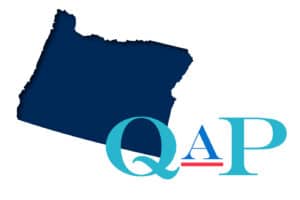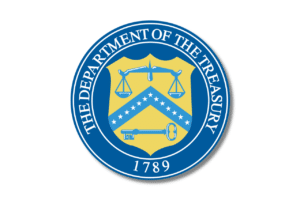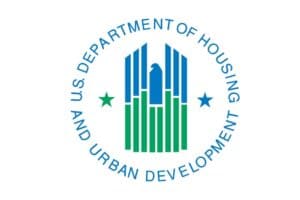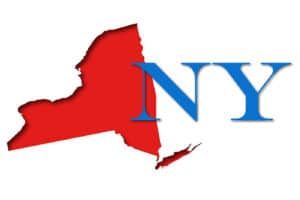COVID-19

Oregon’s ERA Program Opens May 19
Oregon Emergency Rental Assistance Program (OERAP) can help low-income households with both their past due rent and utilities and up to three months of advance payments.

Treasury’s ERA2 Guidance: Significant Changes to Landlord Response Time, Self-Attestation & Federally Assisted Households
The Department of the Treasury allocated an additional $21.55 billion in emergency rental assistance funds to the states and communities from the American Rescue Plan Act. The new funds (ERA 2) set aside $2.5 billion for eligible grantees with a high need based on the number of very low-income renter households paying more than 50 […]

U.S. District Court Vacates Eviction Moratorium Nationwide, Decision Stayed through May 12
Last week, U.S. District Judge Dabney Friedrich for the District of Columbia vacated the Centers for Disease Control and Prevention (CDC) eviction moratorium nationwide in Alabama Association of Realtors v. U.S. Department of Health and Human Services.

HUD, HHS Partner to Distribute COVID Vaccines
Last week, HUD Secretary Marcia Fudge and Health and Human Services (HHS) Secretary Xavier Becerra announced a partnership to ensure that the national COVID-19 response delivers equitable and comprehensive care to those experiencing disproportionate impact, including HUD-assisted households.

Guide Offers Strategies for Deploying ARP Funds
Developed by PolicyLink in partnership with community leaders, chief equity officers, policymakers, economic development practitioners, research and policy organizations and philanthropic partners, 10 Priorities for Advancing Racial Equity Through the American Rescue Plan (ARP): A Guide for City and County Policymakers suggests municipal strategies for deploying ARP funds equitably, efficiently and strategically.

Bolstering the Housing Safety Net: The Promise of Automatic Stabilizers
A policy paper for the Brookings Institution’s Hamilton Project proposes a set of automatic stabilizers to federal housing programs to help renters and homeowners stay in their homes during economic downturns.

HUD to Resume Inspections June 1
HUD is prioritizing the inspection of high-risk properties (previous low inspection scores and/or have not had an inspection for a long period of time). Residents will have the ability to opt-out should they not wish to have an inspector enter their unit.

HUD Opens Third Round of COVID-19 Supplemental Payments
HUD’s Office of Multifamily Housing recently published a Housing Notice, “Continued Availability of Funds for COVID-19 Supplemental Payments for Properties Receiving Project-Based Rental Assistance under the Section 8, Section 202, or Section 811 Programs.”

New York’s COVID-19 Emergency Rental Assistance Program of 2021
On April 16, 2021, New York Gov. Andrew Cuomo signed into law the COVID-19 Emergency Rental Assistance Program of 2021 (the “2021 Act”). The 2021 Act allocates $2.45 billion in rental relief for New York households, including $2.35 billion in federal funds and $100 million in state funds. Each state or other jurisdiction receiving federal funds is charged with administering those funds through new or existing rental assistance programs in that state or jurisdiction. This advisory provides a general background on the current need for rental assistance and New York’s previous attempt at rent relief, describes the relevant details of the 2021 Act, and highlights what is next with respect to rental assistance.

HUD Updates Multifamily Q&A for COVID-19
HUD’s Office of Housing and the Federal Housing Administration (FHA) posted an updated Multifamily Q&A for COVID-19 as of April 2. To find new or revised answers in the PDF, you can search the date 4/2/21.

CDC Extends Eviction Moratorium through June 30, Applicability to NAHB Members
The Centers for Disease Control and Prevention (CDC) extended its eviction moratorium, which was set to expire on March 31, through June 30, 2021. A recent ruling in Skyworks v. CDC from the U.S. District Court in the Northern District of Ohio found the eviction moratorium unlawful. The National Association of Home Builders (NAHB) joined the suit and had representational standing on behalf of its membership. As such, the CDC extension of the eviction moratorium may not apply to NAHB members as of March 10, the date of the ruling.

Treasury Updates Emergency Rental Assistance FAQ
On March 16, the U.S. Department of Treasury updated its Frequently Asked Questions (FAQ) document regarding the administration of $25 billion in emergency rental assistance. The updated FAQs address questions regarding rental security deposits, hotel and motel stays, rent-to-own agreements and manufactured housing. Treasury is expected to release additional updates in the coming weeks.